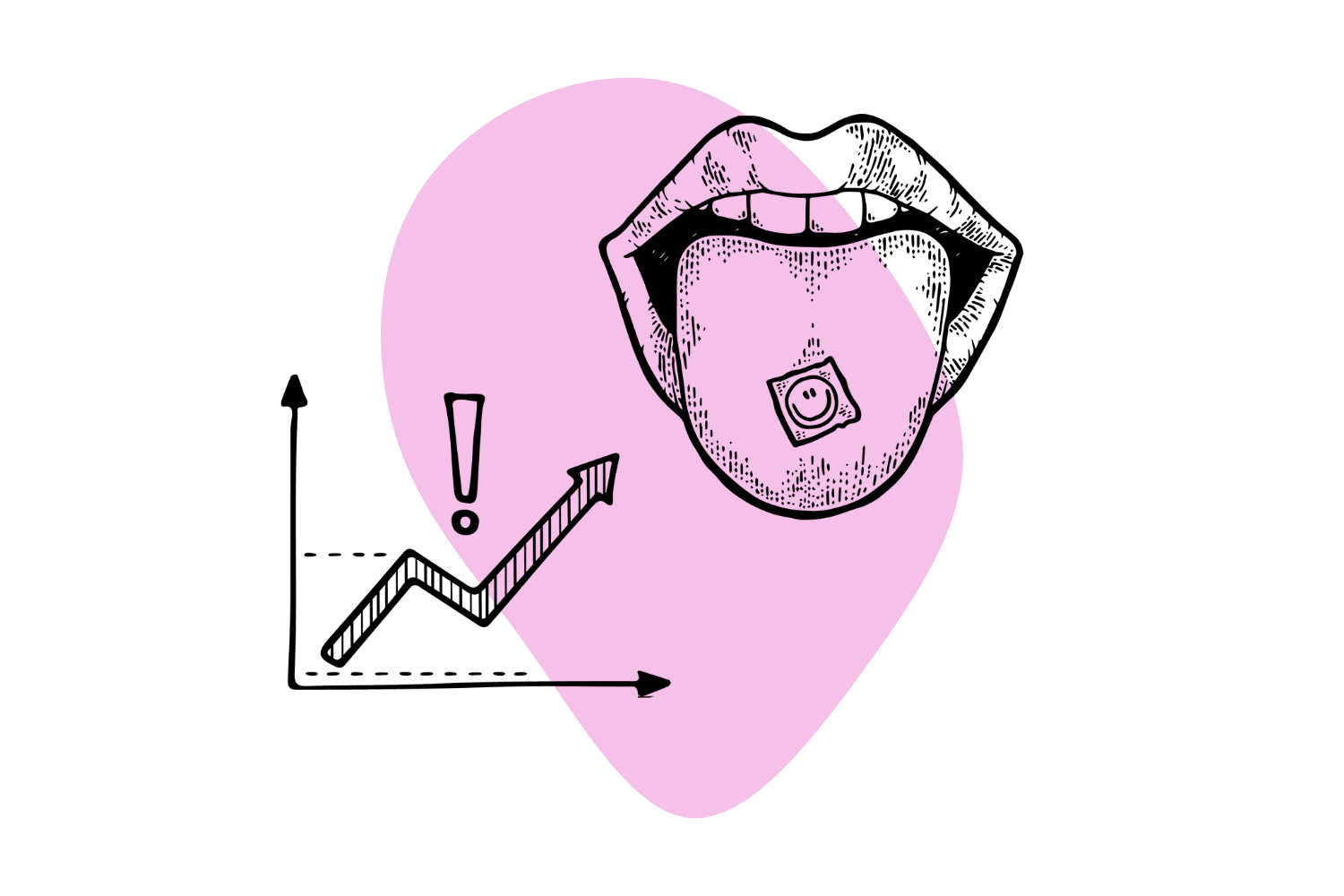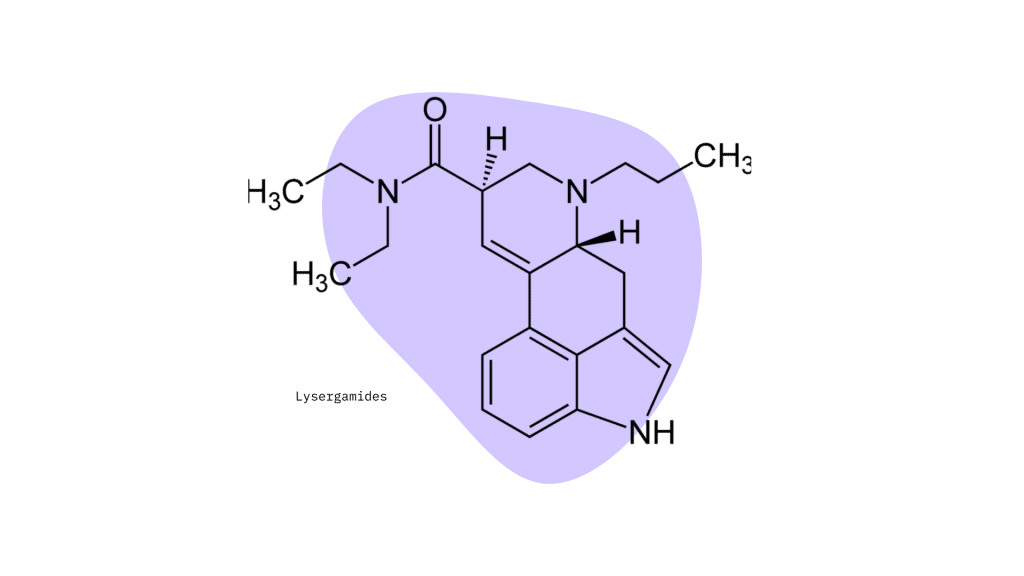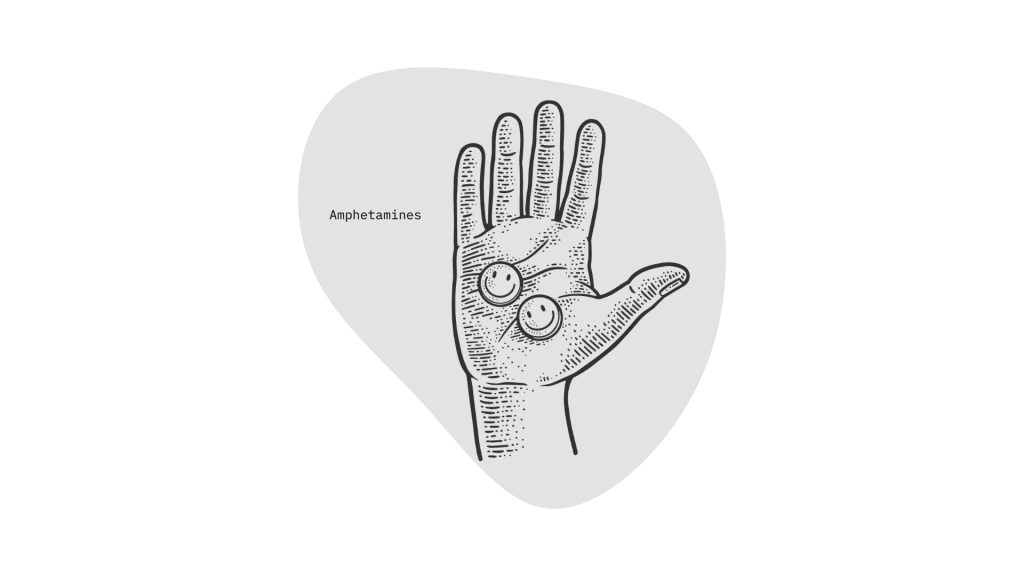Uncategorized
Where to buy LSD online Connecticut | LSD shop online Connecticut | Cheap LSD online | LSD Dispensary online Connecticut.
Where to buy LSD online Connecticut

Where to buy LSD online Connecticut . LSD, shrooms, mescaline, and many other psychedelics are notorious for causing tolerance. Where to buy LSD online Connecticut
It’s one of the reasons why you can’t trip on acid for more than a day or two without substantially increasing the dose. Where to buy LSD online Connecticut
LSD tolerance is real — learn how it works, how long you’ll have to wait between doses, and use our LSD tolerance calculator to find what dose you need for equivalent effects without waiting. Where to buy LSD online Connecticut.
What is LSD Tolerance?
Tolerance happens when the body resists the effects of a substance. The more often you use the substance, the less of an effect it has.
We can become tolerant to almost anything — including psychedelics, caffeine, prescription medications, and more.
If you’re a coffee drinker, you’ve probably experienced the effects of tolerance at one point or another. When you’re drinking coffee regularly, two or three times per day, you barely notice the kick after a while. If you stop drinking it for just a week or two, your next cup of coffee is going to hit you much harder than usual.
The same is true for LSD but on a much faster scale.
The body becomes resistant to the effects of LSD in as little as one session. If you take the same dose the following day, you’re not likely to feel much of anything. You’ll need to account for tolerance to reach the effects of LSD — which means taking a dose about three times the size of your previous dose.
What Causes Tolerance to LSD?
Scientists still aren’t quite sure exactly why the body becomes tolerant to psychedelics so quickly, but it most likely has something to do with the serotonin receptors.
LSD affects several types of serotonin receptors in the brain. The most significant in terms of the psychedelic effects are the 5HT2A receptors.
There are two leading theories about how the serotonin receptors become resistant to the effects of LSD on subsequent doses:
1. Receptor Desensitization
This theory suggests the serotonin receptors become rapidly desensitized to LSD and other indole psychedelics [1].
How these receptors become desensitized and whether it causes desensitization to endogenous serotonin remains a mystery.
2. Reduced Receptor Density
This theory suggests the serotonin receptors aren’t desensitized directly but are instead hidden or blocked on the surface of the cell [2].
By hiding some of the receptors, we need to take higher doses of LSD in order to exert the same level of force that caused the initial effects.
How Long Does it Take To Develop Tolerance to LSD?
Tolerance to LSD forms very quickly. In some studies, researchers noted signs of tolerance formation in as little as three hours [1].
If you take a second dose, you’ll only feel about half the effects. The dose after that, about 25 percent of the original dose.
By the seventh dose, total tolerance is achieved, which means LSD will have no effect whatsoever unless the dosage is increased dramatically.
How Long Does LSD Tolerance Last?
The saving grace of LSD tolerance is that it’s reversed just as quickly as it forms.
After one dose of LSD, tolerance is almost completely reversed after about a week. Most people find tolerance is negligible after just three days.
People who use LSD more regularly (more than once per week for a few weeks) may find tolerance requires up to two weeks to reverse entirely.
No matter how often you use LSD, tolerance rarely lasts more than two weeks after your most recent dose.
LSD Tolerance Calculator
If you’ve already taken LSD within the past 1–14 days and want an experience equivalent to a standard 140 microgram dose of LSD, you’ll need to use a modified dose to account for tolerance.
There’s a formula for calculating this dose, but it’s not exactly “user-friendly” (formula listed below).
We’ve designed this calculator to help you find the estimated equivalent dose based on your last dose of LSD, the number of days since you took LSD, and the desired dose equivalent you want to take.Substance LSD Shrooms 4-AcO-DMT LSZ ETH-LAD PRO-LAD ALD-52 1P-LSD Last DoseDesired DoseDays Since Last Dose
Your Calculated Dose
To feel the same as your desired dose, you would need to take 0μg
This calculator is only able to provide an estimate. Please do not be deceived by the apparent precision of the numbers. For the best experience, let 2 weeks pass between each trip, tolerance should be back to normal after 14 days.
The formula used to make this calculator is y= x/100*280.059565*n^-0.412565956
- Y = New dose
- X = The last dose you used
- N = The number of days since your last dose
What’s the Maximum Safe Dose of LSD?
- The estimated lethal dose of LSD is 14,000 micrograms
- For context, a dose of acid is usually 140 micrograms or less. Even the theoretical overdose amount is 100 times the standard dose of LSD.
There is no determined maximum dose for LSD. The LD50 has not been determined for LSD, and no scientific study has yet to exceed 500 micrograms.
With that said, there are plenty of anecdotal reports of users taking well over the 500 microgram dose without any major side effects.
The only report of hospitalization from LSD involved a group of people in the 70s who reportedly snorted somewhere between 1000 and 7000 micrograms of powdered LSD by accident. All members of this group survived.
How to Reverse LSD Tolerance (Tolerance Breaks)
LSD tolerance will reverse on its own. You just need to give the body time for the affected receptors to readjust without taking any more LSD or other psychedelics (especially indole psychedelics like mescaline, magic mushrooms, DMT, or any of the LSD analogs).
A tolerance break is a specific period of time set aside to allow LSD tolerance to reverse naturally. Anybody who uses LSD more than once per week (including microdoses) should consider taking a tolerance break from time to time.
The standard microdose protocols already take tolerance into account. For example, the classic Fadiman microdosing protocol calls for 1 day on LSD, three days break. The three-day break is essentially the tolerance break to ensure the LSD continues to work again on the next dose.
Can Different Psychedelics Cause Cross-Tolerance With Each Other?
Yes, some psychedelics can cause cross-tolerance with LSD [3].
For example, if you take mescaline today and LSD tomorrow, the effects of the LSD will be dramatically weaker than they would if you hadn’t used mescaline.
MDMA (ecstasy), shrooms, and mescaline all work through the same serotonin receptors and will result in cross-tolerance with each other [4].
LSD Cross-Tolerance With Magic Mushrooms
LSD and magic mushrooms have very similar effects. They both target more or less the same receptors and will result in cross-tolerance with each other.
Studies exploring magic mushroom tolerance have the same findings as LSD tolerance studies [6], and there are countless anecdotes of people taking LSD after a magic mushroom trip with disappointing results.
The active ingredients in magic mushrooms are psilocin and psilocybin. This means any analogs to these compounds, such as 4-AcO-DMT, are also likely to result in similar cross-tolerance.

LSD Cross-Tolerance With Lysergamides
LSD is just one of the many members of the lysergamide family. It’s the most well-known of this group and the first to be discovered — but it isn’t even the strongest of the group.
While there are no studies available on the effects of cross-tolerance with LSD and other lysergamides, anybody who has used these substances can attest that tolerance formation is identical within this family.
If you take AL-LAD one day and LSD the next, you’ll experience a noticeable reduction in potency from the LSD — and vice versa.
The lysergamide family includes AL-LAD, PRO-LAD, ETH-LAD, ALD-52, 1P-LSD, LSZ, LSA, and more.
LSD Cross-Tolerance With Phenethylamines
The phenethylamine family consists of compounds like mescaline and the 2C-X family of drugs. This class was discovered by the late Alexander Shulgin and consists of some notable psychedelic compounds, including 2C-B, 2C-C, 2C-D, 2C-E, 2C-I, 2C-T-2, 2C-T-7, and much more.
There are many off-shoots from this group, including 25I-NBOMe and 2C-B-FLY.
Phenethylamines target the same 5HT receptors as LSD. What makes them different are the affinities for various 5HT receptors, as well as the other receptors they target. Some have more impact on the 5HT2A receptors; others bind more readily to 5HT1 or 5HT3 serotonin subtypes.
Cross-tolerance to phenethylamines has only been proven in mescaline [7], but there are numerous user reports of cross-tolerance within this group.
It’s very likely that most phenethylamine psychedelics will cause cross-tolerance with LSD, but it’s unknown to what extent. Because of differences in the affinity of these compounds with the 5HT receptors, tolerance formation may be higher with some compounds than others.

LSD Cross-Tolerance With DMT
One interesting exception to this rule is DMT (N,N-dimethyltrypramine). A study from the 60s demonstrated that humans tolerant to high doses of LSD still experience the full effects of DMT [5].
Dr. Rick Strassman, one of the leading researchers on DMT, explored this effect by giving participants four identical doses of DMT to assess tolerance formation [6]. Strassman found some indicators of physical tolerance formation — adrenocorticotropic hormone, prolactin, and heart rate all decreased with repeated use — but the psychedelic effects remained the same.
These findings suggest DMT has other mechanisms involved with the psychedelic experience that is separate from the effects of classic psychedelics like LSD, shrooms, or mescaline.

LSD Cross-Tolerance With Amphetamines
The amphetamine class isn’t often considered “psychedelic”, but some of the members in this group have psychedelic-like effects and target the same receptors.
The main psychedelic amphetamines include MDMA and DOM — both of which have a notable affinity for the 5HT2A receptors involved with LSD tolerance.
It’s very likely that MDMA or DOM use can cause cross-tolerance with LSD but with a lower force than other psychedelics. It may take a few doses of MDMA to elicit any noticeable change in the potency of LSD.

LSD Cross-Tolerance With Atypical Psychedelics
The atypical psychedelic group includes ketamine, DXM, salvia, and PCP.
These compounds work through entirely different mechanisms than LSD and are very unlikely to result in any level of cross-tolerance.
To date, there haven’t been any studies to confirm this, but people who have used both LSD and PCP, or LSD and salvia, or LSD and ketamine often report no change in psychedelic effects and therefore more cross-tolerance.
Key Takeaways: What is LSD Tolerance?
Tolerance to LSD forms quickly but goes away quickly too. It happens when the body resists the effects of LSD by either desensitizing or hiding 5HT serotonin receptors.
After just one dose of LSD, you’ll need to take nearly three times the dose to feel the same level of effects on subsequent doses.
If you wait a week or two, tolerance is reversed entirely.
